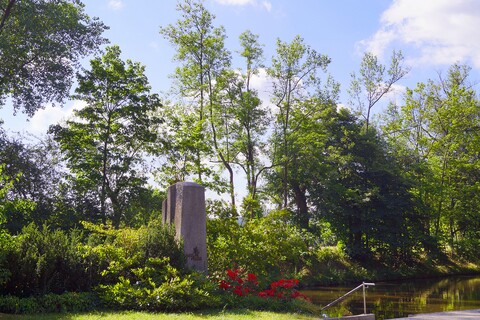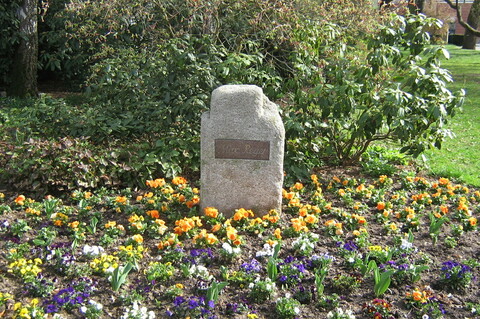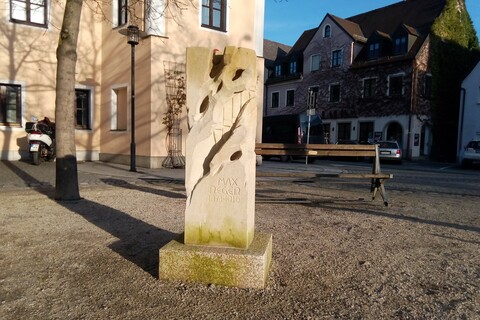Max Reger – Son of the city of Weiden in der Oberpfalz
Born on March 19, 1873, in Brand in the Fichtel Mountains, Max Reger grows up in the city of Weiden and takes music lessons from a young age.
He composes an Overture in B minor, his first opus, at the age of 15. After studying under the famous music theoretician Hugo Riemann in Sondershausen and teaching in Wiesbaden, Max Reger returns to his parental home in Weiden from 1899 to 1901. In that period, Reger composes around 70 songs, a large number of pieces for the piano, and almost all of his significant works for the organ. Through these works for the organ, he develops a new, unmistakable organ style and enjoys growing success.
In August 1901, the Reger family move to Munich. One year later, Max Reger marries Elsa von Bagenski. Alongside his position as a teacher at the Royal Academy of Musical Art, Reger is exceedingly active as a composer and concert pianist.
In 1907, he is chosen as the University Music Director in Leipzig. He is awarded two honorary doctorates and becomes the director of the Meiningen Court Orchestra from 1911 to 1914. However, he still keeps on composing and holding concert performances intensively just as he continues to hold his weekly lectures at the Conservatory in Leipzig. During one stay there, Max Reger dies of heart failure on May 11, 1916.
Max Reger leaves an extensive oeuvre that contains significant works in the categories of chamber music, songs, and compositions for choir, orchestra, and the organ. Many of his works show his affinity for Baroque music and the music of his role model Johann Sebastian Bach, whose formal basic structure he continued to develop, however, particularly in regard to harmony. Although controversial throughout his life, he is nevertheless regarded as someone who paved the way for many modern composers.
Max Reger memorial

The Max Reger memorial stands in the idyllic Max Reger Park and is the work of sculptor Josef Gollwitzer, who comes from Weiden. The ribbon-cutting ceremony for the memorial, whose organ pipes remind you of Reger’s extensive works for the organ, took place on October 12, 1957.
Max Reger’s gravestone

The composer’s gravestone stands in the Konrad-Adenauer-Anlage next to the magnificent church of St. Joseph, which was designed in Jugendstil. Reger’s original gravestone was brought to Weiden from Weimar in 1930.
Historical Milestone

Weiden’s Milestone is dedicated to Max Reger, the famous son of the city. The organ pipes styled out of limestone and complemented by the dates of Reger’s birth and death and the quote from the “chord worker,” as the composer liked to describe himself – which makes a pun on the German word for “pieceworker” – were created by the Weiden sculptor Günter Mauermann. You can find the memorial in Schlörplatz right in front of the bank.
The Historical Milestones date back to an initiative launched by the Czech association “Terra Tachovia.” One of these Milestones was artistically designed and created for each community that took part in the program supporting the Bavarian-Bohemian national exhibition on Charles IV, Holy Roman Emperor (2016/2017). This resulted in the creation of a total of 35 “Milestones” dedicated to historical figures – from Kladruby to Bärnau, and from Stríbro to Waidhaus.
This means, therefore, that a unique volume of works of art has emerged which crosses borders, forming a bridge between the two countries and honoring the close cultural connection that has been upheld for centuries.




![[Translate to Englisch:] Max Reger - Sohn der Stadt Weiden](/fileadmin/_processed_/4/e/csm_Max_Reger_Bild_f99fc46c7d.jpg)
 weiden.de
weiden.de
Data privacy Liability Legal notice